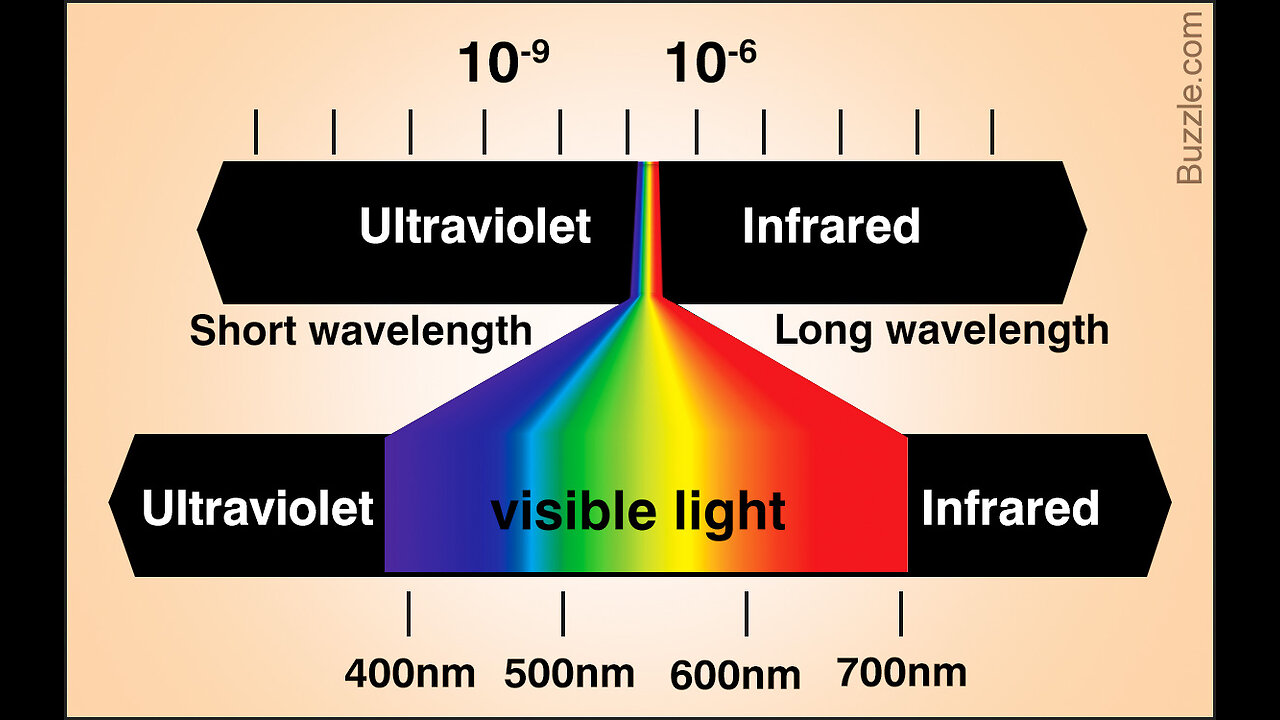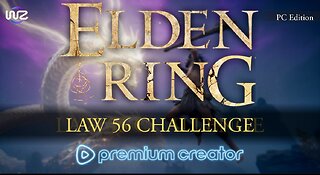Premium Only Content

SHARE THIS! FEMA'S OPERATION BLUE ROOF! D.E.W BLUE WAVELENGTH BEAM IS 6.66 FREQUENCY!
Colour Spectrum Chart
Colours are the most significant part of our everyday lives. Without colours, our life would be dull and boring. Have you ever wanted to know the underlying facts about colours. Well, let me be of assistance to you on this colourful journey and explain the colour spectrum chart to clear your doubts.
Colours
Imagine the whole world in black and white colour? Or picture the main plot of the movie Pleasantville if you have seen this flick? Just a mental image of a stark world devoid of colours is enough to reveal the importance of colours in our lives. Whether you are feeling blue after a hard day’s of work or going green with envy after seeing your neighbour's fancy TV, the colours have become a language through which we express ourselves. It’s no wonder that the rainbow is often perceived as one of the most beautiful aspects of nature. Colours form when light falls on different objects and reflects as well as scatters different wavelengths. The scattered wavelengths are what see as colours.
Spectrum of Colours
Spectral colours are generally produced by monochromatic light i.e. visible light of a single wavelength. The spectrum appears continuous. Therefore, there are no definite boundaries between the colours. However, the approximate ranges of wavelength and frequency can be used to specify the difference. The most prominently apparent ones are violet, blue, green, yellow, orange and red. In reality, there are seven colours in the colour spectrum with the addition of indigo between blue and violet. This was concluded by Newton after he successfully carried out experiments to disseminate a beam of monochromatic light by projecting it onto a glass prism at a specific angle to display the spectral colours. However, the frequency of the indigo colour cannot be distinguished and recognized significantly by normal human eye, leaving the exception of some well-sighted people. Hence, it was suggested that indigo be dropped from the spectral chart and should be considered a shade of blue or violet.
From his experiments, Sir Isaac Newton observed that when a beam of monochromatic light falls on a prism, part of the light gets reflected whereas some part of it passes through the prism and a band of spectral colours emerges from it. From this, Newton speculated that light was made up of particles of different colours and that these particles move with different speeds in different media; their speed depending on the density of the medium. Red light was found to move faster than violet light in glass medium.
The visible spectrum or colour spectrum is a subset of the electromagnetic spectrum. The electromagnetic spectrum is a range of frequencies of different energy waves such as gamma rays, X rays, ultraviolet rays, visible light, infrared waves, microwaves and radio waves. The visible light frequencies lie between the frequencies of the ultraviolet rays and infrared waves.
Colour Frequency (THz) Wavelength (nm)
Red 400-484 620-750
Orange 484-508 590-620
Yellow 508-526 570-590
Green 526-606 495-570
Blue 606-668 450-495
Violet 668-789 380-450
Units
❋ THz – terahertz
❋ nm – nanometer
-
 LIVE
LIVE
Total Horse Channel
2 hours ago2025 URCHA Futurity | Derby & Horse Show | Sunday
79 watching -
 LIVE
LIVE
XxXAztecwarrior
1 hour agoSearching for more Reds!!
32 watching -
 LIVE
LIVE
TheItalianCEO
1 hour agoWhat about an Italian for breakfast?
41 watching -
 9:06
9:06
nospeedlimitgermany
1 day agoMercedes-Benz 500 SE W126 | 231 PS | Top Speed Drive German Autobahn No Speed Limit POV
1.01K1 -
 LIVE
LIVE
IamNibz
3 hours agoLaw 56- Elden Ring Challenge (PC)
54 watching -
 39:33
39:33
Chris Harden
7 days agoKansas Backroads | What's Really Out Here? - Rush County
46812 -
 23:49
23:49
marcushouse
1 day ago $0.34 earnedStarship Flight 10 Secrets Revealed & Future of Starbase! 🔥
1.15K3 -
 3:00
3:00
scoutthedoggie
1 day agoNovritsch SSG-96 Mk2 Airsoft Sniper Rifle
906 -
 2:07:31
2:07:31
The Connect: With Johnny Mitchell
22 hours ago $23.14 earnedSecrets Of The Cocaine Cowboys: Miami Drug Lord Reveals Truth About His BILLION-DOLLAR Coke Empire
146K15 -
 21:20
21:20
AndresRestart
17 hours ago $0.64 earnedNintendo's GENIUS Mario & Zelda 40th Anniversary Plan!?
13.5K4